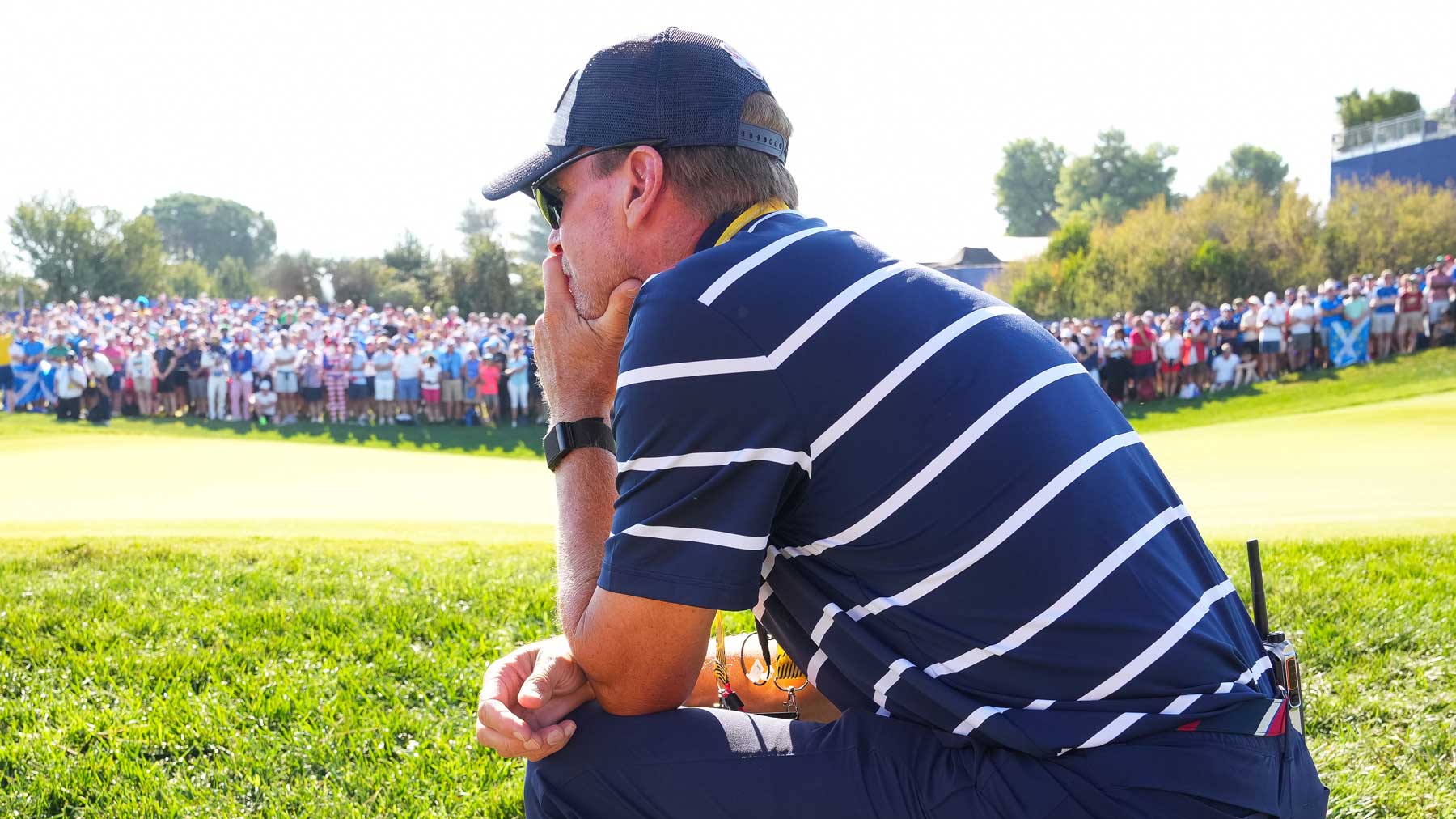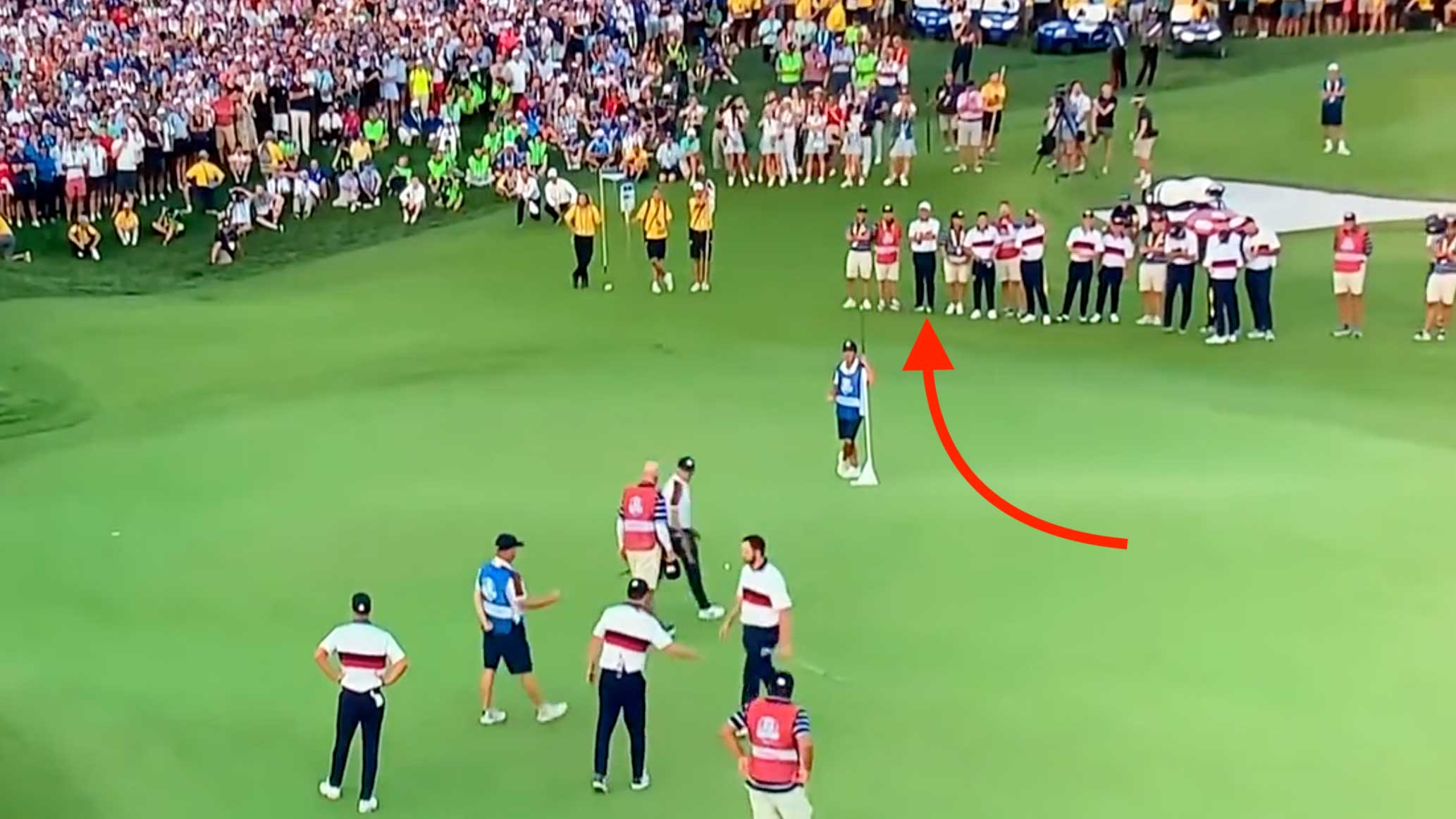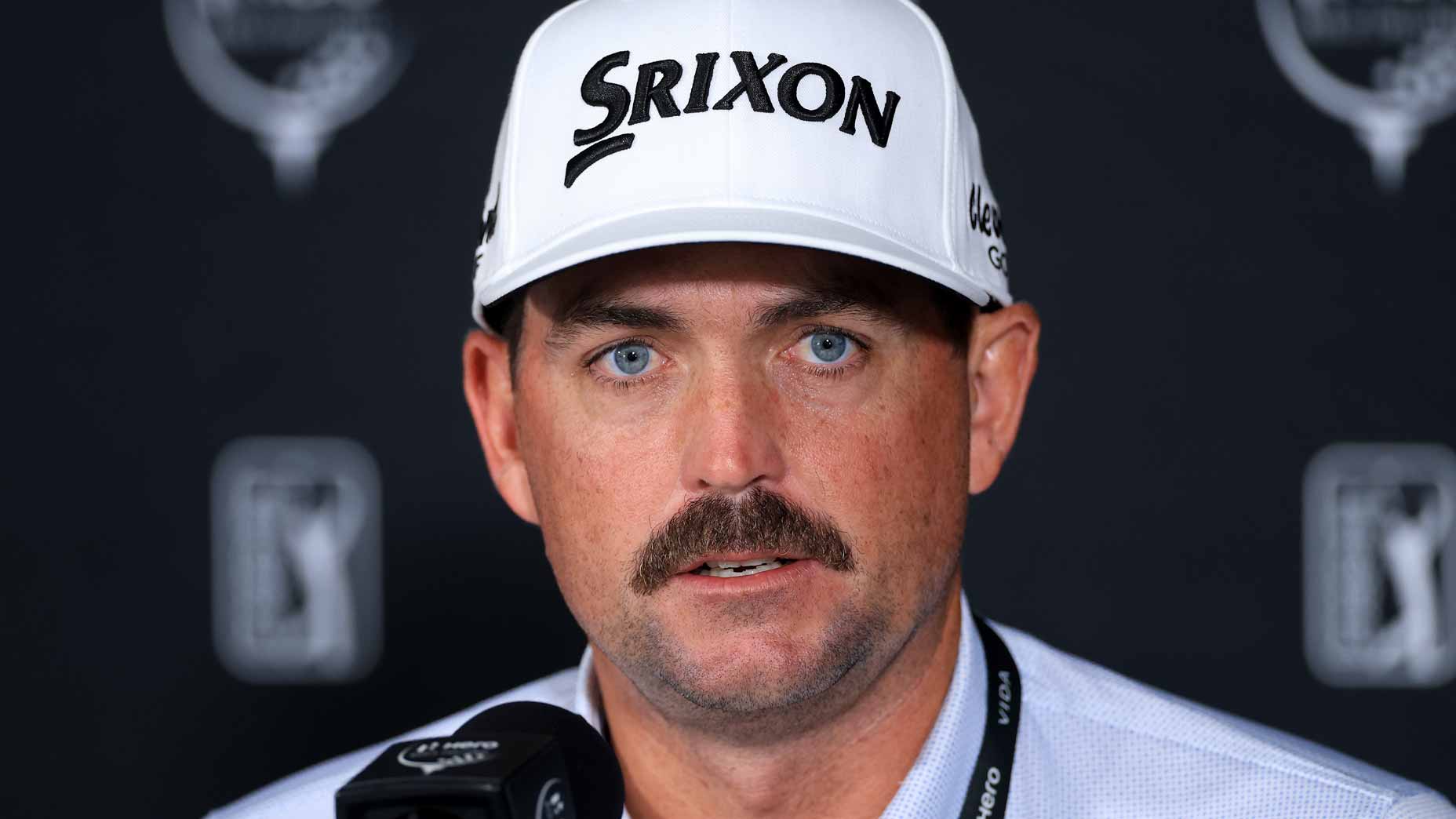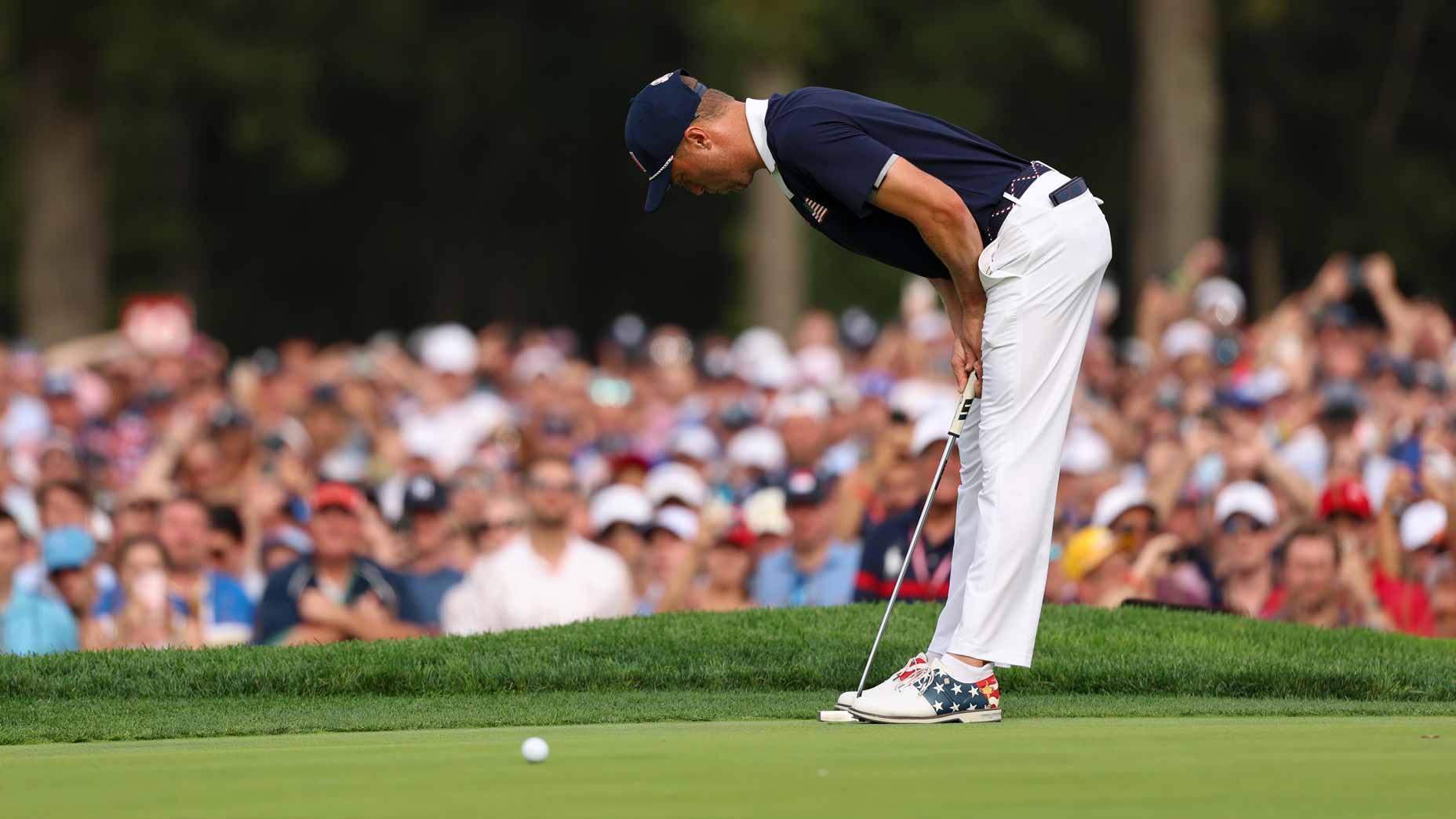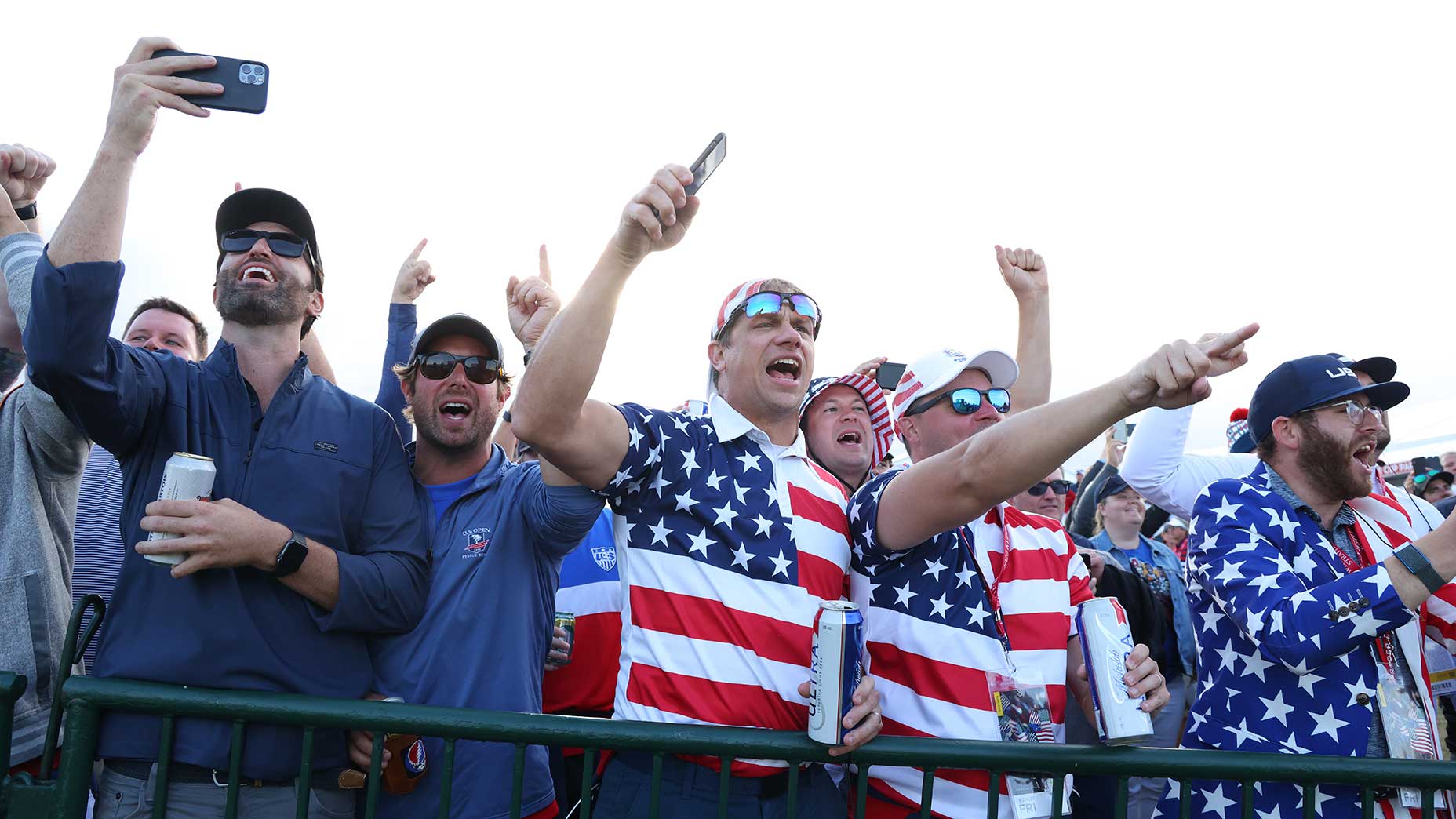The what is the easy part: a stacked U.S. Ryder Cup team rolled into Rome last week, lost their first four matches and ultimately got waxed by their European rivals, 16.5 to 11.5.
Harder to explain — as the U.S. picks itself up, dusts itself off and begins eyeing the next edition of the contest, at Bethpage Black in 2025 — are the how and why.
How does a team with six of the top-10 players in the world and half of the top 20 get manhandled by a (seemingly) less deep opponent? Why don’t putts and chips seem to drop for the Americans on European soil? How can the U.S., which hasn’t won a Ryder Cup away game in three decades, break the spell and ensure this doesn’t happen again at Adare Manor, in Ireland, in 2027? Why are there still whispers of dissension in the U.S. team room? How and why does this all keep happening on repeat?
Steve Stricker has some thoughts.
Stricker, who is 56, played on three Ryder Cup teams, winning once, at Valhalla in 2008, and losing twice, at Celtic Manor in 2010 and Medinah in 2012. Two years ago, he took the helm as U.S. captain and received much praise for leading his squad to a blowout victory at Whistling Straits, which is among the reasons why this year’s captain, Zach Johnson, put Stricker on his staff of assistants. Stricker knows the players, the pressure, the politics, the intensity, the craziness.
“It was very similar to 2021,” Stricker said earlier this week, speaking of the U.S. team chemistry in Rome. Stricker was already back stateside, preparing to play in the PGA Tour Champions Furyk & Friends event, the eponymous North Florida tournament run by another of Johnson’s assistants, Jim Furyk. (Pro golf is cozy like that.)
Stricker, in a press conference, had been asked about allegations of disharmony in the U.S. team room in Italy and how this year’s squad vibed relative to his U.S. side in Wisconsin two years ago. Stricker continued:
“These guys get along very well with each other. I don’t know who it was in the media, but I heard — I was going through the locker room or somewhere yesterday, it might have been Brad Faxon on saying that we’re too close, that we’re too much buddy buddies and the wives are too much friends. I just, I shake my head at that. At first, we weren’t close enough, now we’re too close? I don’t get that. The team was very good.”
Stricker was just getting going. As he reflected on the week, he had a slew of opinions about why the U.S. struggled to find its footing. Stricker described those hurdles as “challenges that we face when we go over there.” Here are 5 of them.
1. Europe’s familiarity with host site Marco Simone
Marco Simone has, for the last three years, played host to the DP World Tour’s Italian Open, which means several of the European players not only regularly play the course in a competitive setting but also have played it very well. Nicolai Hojgaard won the Italian Open in 2021, the same year Tommy Fleetwood tied for second. A year later, Robert MacIntyre won, with Matt Fitzpatrick finishing runner-up. This year, Hojgaard finished fifth.
The European and U.S. teams both took scouting trips to Marco Simone in the weeks before the Ryder Cup, but only the Europeans brought their caddies along. “Caddies are such an important part and it’s important for them to see the golf course just like us and just get everyone together,” Fleetwood said in the run-up to the matches. He added: “It was just cool to be part of a team and get the team together. The Ryder Cup is special, and I think started getting that experience a week or two earlier than you know the week of the tournament was really good.”
‘Relax, Rory’: Fred Couples spills new details from Rory McIlroy-Joe LaCava dust-upBy: Alan Bastable
Of the Europeans’ comfort level at Marco Simone, Stricker said: “They have an opportunity to play that course a few times before we do. I think [that was] the biggest challenge this year.” He added: “Zach tried to get the guys over there for a practice round, which we did. That helped.”
Alas, not enough.
2. Jet lag
The U.S. took a chartered redeye that landed in Rome on Monday, four days before the matches began in earnest. Was that enough time to shake off the six-hour (East Coast) time difference and start to feel whole again?
Stricker isn’t so sure.
“I think the time change, I think we need to get in there a day earlier than what we’re doing to help with that,” he said. “I think it just takes too long to get guys acclimated to the time.”
Also not helping matters was an illness that hampered the U.S. team later in the week, wreaking havoc on Johnson’s pairings. Stricker didn’t speak to the health complication, but Fred Couples, one of the U.S.’s other assistant captains, did.
“A handful of guys got ill,” Couples said on his SiriusXM PGA Tour Radio show earlier this week. “Let’s just bring it up real quick. Patrick Cantlay and Rickie didn’t go [to the gala dinner]. They went to the [Spanish Steps] in their suits, they took a picture, and then they went home. Now partially, partially because our doctors said we don’t want ’em going and getting everyone sick.” He added: “So now when one guy gets ill and that guy can’t play with [another player], Zach either puts in a new team because analytics say this team is stronger than taking a guy out who can’t walk 36 holes.”
3. Rusty U.S. players
Thirty-three days elapsed between Sunday of the Tour Championship and the first day of the Ryder Cup. That’s not to say American players couldn’t keep their games sharp on their own time — many did, including by way of money matches at their home clubs — but it is to say that most did not hit a shot of real consequence for more than a month before the event.
“That’s hard to do,” Stricker said. “Everybody’s a little bit different, but for the most part guys like to play a little bit, and they start to play their best after a week or two.”
Put Jordan Spieth in the camp of players who would have liked a shorter pre-Ryder Cup respite.
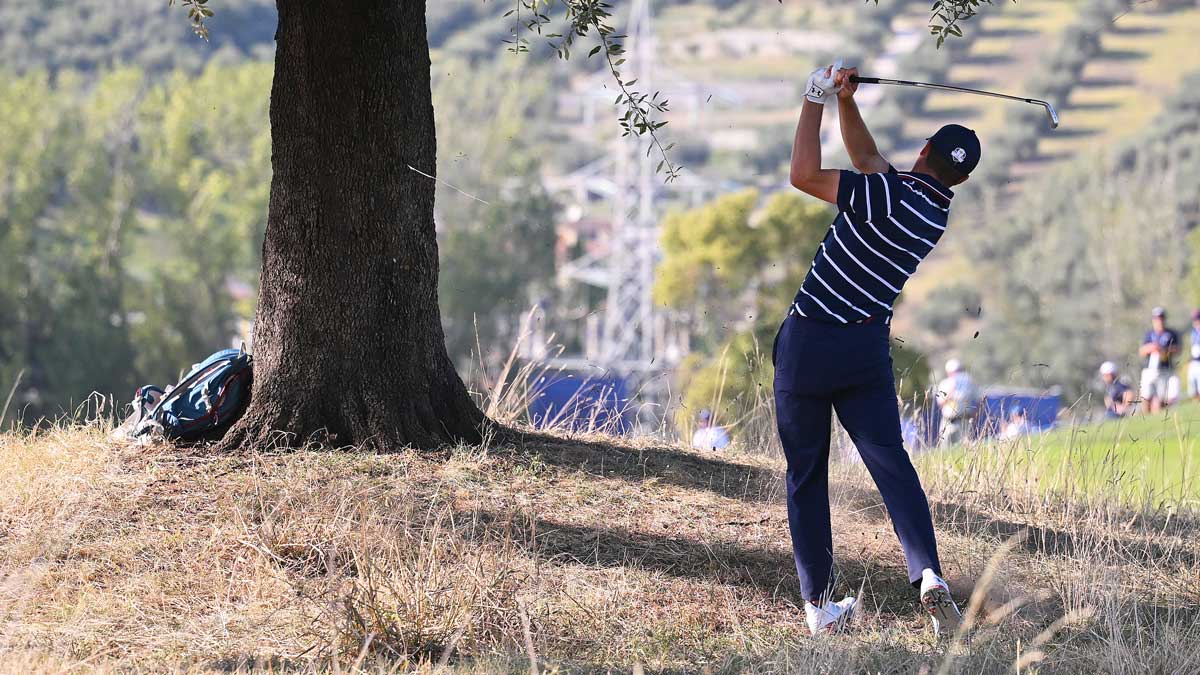
“If you asked us when we would like to play the Ryder Cup relative to our schedule, I think we would probably say, give us a week after the Tour Championship or two weeks after and then go, instead of five,” Spieth said on Sunday evening. He added: “Some guys come off of weeks off, go through some prep and play great after more time off. I can only answer that question individually, and this year, it wasn’t going to happen. If it were tighter to our Tour Championship and/or even if it were later and we had more of an opportunity to get a little rest and play more of an event or something, then it helps a bit.”
Meanwhile, the Europeans kept at it. In early September, Ludvig Aberg won the European Masters. A week later, Rory McIlroy and Shane Lowry played in the Irish Open. A week after that, the entire European team played in the BMW Championship, at Wentworth, with six of them finishing in the top 10 and nine in the top 20.
“If you look at how that played at the BMW, which is one of the bigger events of the year…they were in great form,” Spieth continued. “They just were playing really good golf, and then they carried it right into here.”
4. Slow greens
One big difference between golf courses in Europe and the U.S.: green speeds. Whereas Americans are accustomed to putting on surfaces slicker than a kitchen counter, Europeans roll their rocks on notably grabbier greens.
How NBC unwittingly made a compelling case for Ryder Cup player payBy: James Colgan
“I was thinking about over there watching our guys putt and they would come up short and have trouble with the speed,” Stricker said. “Somehow we’ve got to get it where these guys are putting on like 9 on the stimpmeter for a week or two leading up to the Ryder Cup so when we go over there — we always know the greens are going to be slow, so when we go over there, that they feel like those greens are actually fast, and vice versa. We go over there and you can’t get them to the hole so guys struggle with the speed quite a bit, and they know that. And we do the opposite here, we speed them up.”
5. Clutch opponents who came ready to play
Stricker isn’t blind to the smokiest of the smoking guns: the Europeans were simply better. On the tee. From the fairway. Around the greens. On the greens. Better, better, better and better.
“We got outplayed,” Stricker said. “The European players played great. … I’m not taking anything away from them, they played great. They hit the shots when they had to, and they made the putts when they had to.”
Simple formula, really.
